
 |
|
|
Fruits
Volume 64 Number 3 Date 05/16/2019 PLUM CURCULIO - Adult emergence and oviposition are forecast to begin in the week ahead. This weevil usually emerges around 250 degree days (base 50°F), and migrates into the orchard perimeter when temperatures consistently exceed 60°F. Central and northern orchards are still 60-120 degree days or about 5-10 calendar days from first emergence of plum curculio. CODLING MOTH - The spring moth flight is likely to start next week in locations where temperatures at dusk exceed 62°F. Frequent trap monitoring will be required to document the "biofix" or sustained capture of moths. Apple growers in northern Wisconsin can expect to see moths during the last week of May. OBLIQUEBANDED LEAFROLLER - Larvae have resumed activity after overwintering under the bark of scaffold limbs and twigs. The yellowish-green caterpillars with black head capsules typically feed for 2-3 weeks before pupating inside rolled leaves. Scouting should begin next week. REDBANDED LEAFROLLER - Larvae are appearing in southern and central orchards where 228 degree days (simple base 45°F) have been surpassed. The cooperator at Hill Point in Sauk County confirmed that small larvae have been observed feeding on new foliage, while slightly larger caterpillars can be found in folded leaves. The first RBLR caterpillars generally appear around petal fall, which is when scouting should start. RBLR larvae, in contrast to OBLR larvae, are uniformly yellowish-green and do not have black heads. SPOTTED TENTIFORM LEAFMINER - Moths flights have been underway since mid-April and peak emergence has occurred at some sites. The most targeted scouting window for sapfeeder larvae is two weeks after a peak catch in pheromone traps. Counts during the week ending May 15 ranged as high as 1,230 moths per trap, with the largest captures reported from Marquette and Marathon counties. These elevated counts (>1,000 moths) signal that the flight has probably peaked near Edgar and Montello. SPRING CATERPILLARS - Development of resident orchard caterpillars has accelerated with warmer temperatures. Species commonly found on growing terminals and in blossoms at this time of year include the green fruitworm, obliquebanded leafroller (OBLR), redbanded leafroller (RBLR), spring cankerworm, and variegated leafroller. Bt products such as Agree, Deliver or Dipel may be applied for control only if the weather is sufficiently warm for caterpillar feeding and blossoms are open. Because Bt must be consumed by the larvae to be effective, warm temperatures are required in the three-day post-spray period to achieve satisfactory mortality. Preferred conditions for Bt applications are when the weather is consistently warm (~60°F) and sunny. ROSY APPLE APHID - Early colonies should become apparent next week. Rosy apple aphids are cultivar-specific, therefore scouting efforts should focus on blocks or varieties with a history of aphid damage. Do not treat for aphids if trees are in bloom. EUROPEAN RED MITE - The first hatch of European red mite (ERM) is expected soon. For orchards with past mite problems, scouting previous hotspots for young mites on spur leaves and eggs at the base of fruiting spurs is suggested. Apple trees with early ERM activity should be flagged and resampled in early June to determine if levels are above-threshold and a miticide treatment is warranted. -- Krista Hamilton, DATCP Entomologist 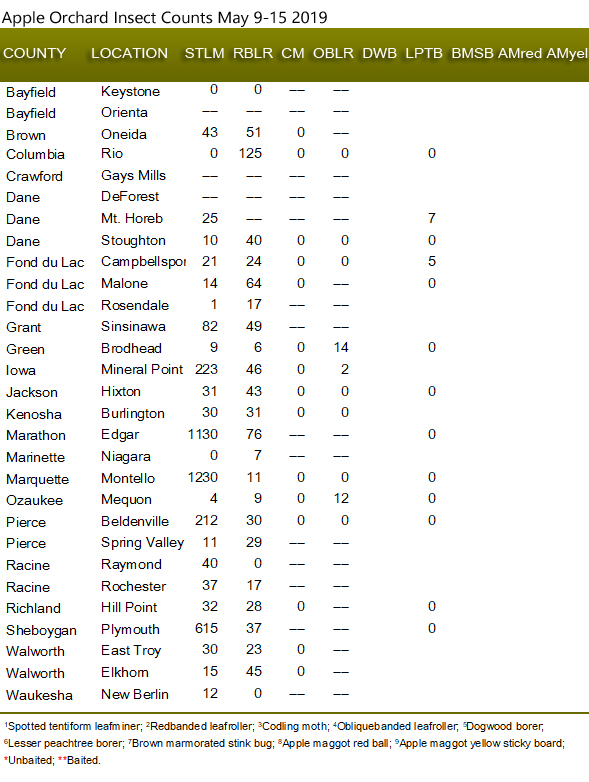
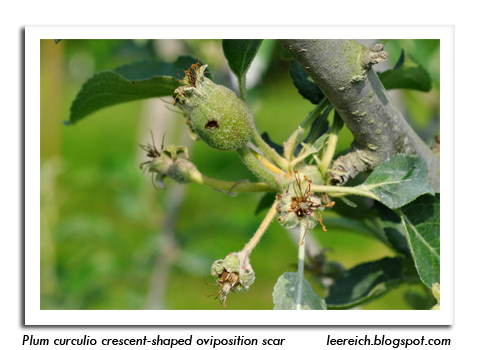
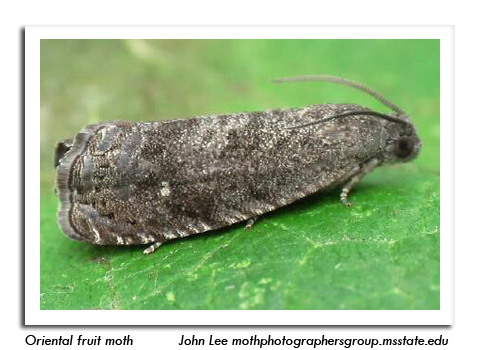
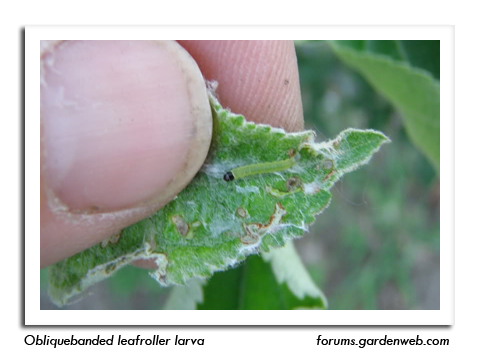
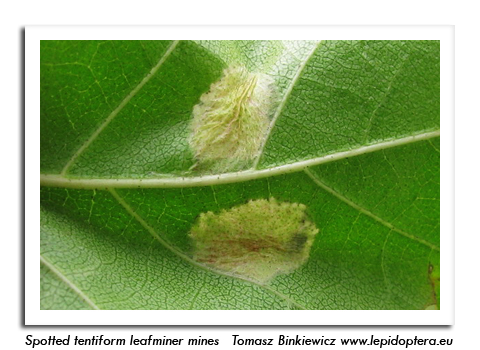
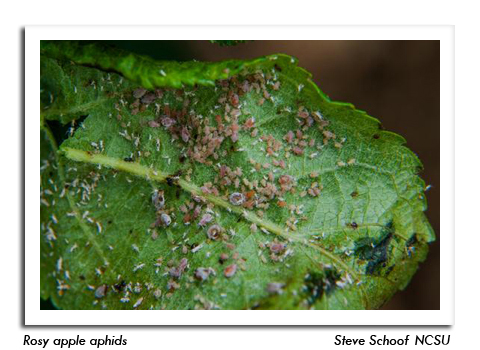
|
|
|